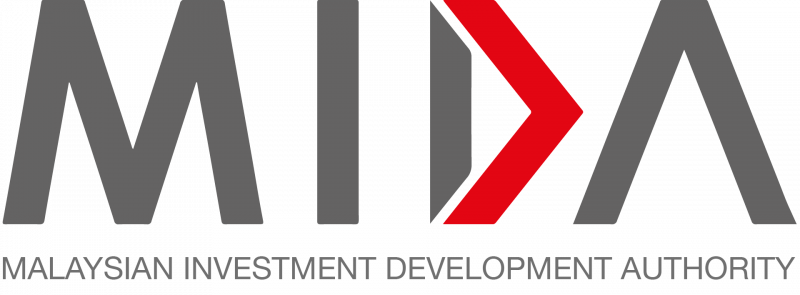Tengku Zafrul: Malaysia SDG Investor Map key to channel capital to SDG-focused investments
19 Jun 2023
Malaysia, as part of its staunch commitment to the United Nations’ Sustainable Development Goals (SDGs), has introduced a large-scale and systematic plan to attain these goals and champion the environmental, social and governance (ESG) principles.
Investment, Trade and Industry Minister Tengku Datuk Seri Zafrul Abdul Aziz said the Malaysia SDG Investor Map, launched on Monday (June 19), is an essential tool to foster collaboration and facilitate strategic investments aligned with the SDGs.
He said due to the expected tightening of global financing conditions, projections by the United Nations Conference on Trade and Development (Unctad) and the International Monetary Fund (IMF) suggest that the SDG financing gap could reach US$4.3 trillion per year from 2020 to 2025.
“Where financing is likely to fall short, we need to push investments (both foreign direct investment and domestic direct investment), to help support SDG-focused projects. Globally, sustainable investing amounted to US$37.8 trillion in assets under management (AUM) in 2022, with global ESG assets expected to exceed US$53 trillion by 2025.
“This represents a significant increase from the US$22.8 trillion in AUM at the beginning of 2016,” he said at the launch of the Malaysia SDG Investor Map here.
According to Tengku Zafrul, the SDG Investor Map represents one of Malaysia’s many efforts to place as many SDG goals as possible at the right, front and centre of the country’s policymaking efforts.
While the SDGs aim to address critical global socio-economic and environmental challenges, Malaysia too has made considerable policy efforts to support many of those goals, including climate change, pollution, biodiversity loss, poverty and hunger eradication, quality education, and gender equality, he said.
Tengku Zafrul said the government recognises the importance of investments in driving sustainable growth and has incorporated initiatives aligned with the SDGs in its national development frameworks.
“For instance, under the New Investment Policy (NIP), a key priority is to introduce initiatives targeted at strengthening Malaysia’s foundations in adopting enhanced ESG standards, and cascading national-level targets into clear action plans and measurable milestones.
“The NIP also aims to attract high quality investmenta, de-risk ESG factors, and capture new growth opportunities,” the minister said.
Moving forward, he said the Ministry of Investment, Trade and Industry (Miti) will also launch the New Industrial Master Plan 2030 (NIMP2030) to reform the nation’s manufacturing foundation by enhancing the industrial ecosystem, underscored by key considerations such as ESG compliance and future industrial energy sufficiency.
“This is to enable us to, among others, achieve our net zero target by 2050, as well as safeguard future economic security and inclusivity,” he said.
Tengku Zafrul pointed out that Miti is also drafting the National Industry Environmental, Social and Governance Framework (i-ESG Framework) for the manufacturing sector, which encompasses elements that contribute to the SDGs.
To be launched in September 2023, he said the i-ESG will comprise four key components — standards, financial support and incentives, capacity building and market mechanisms — to encourage the manufacturing sector to embrace ESG principles in their operations.
“The framework will include the SDG Investor Map as one of its programmes. As such, the SDG Investor Map is expected to be a vital tool that will attract investors to invest in SDG-aligned niche areas,” he said.
Meanwhile, in tandem with the nation’s agenda to drive sustainability, the government has also introduced several incentives such as the Green Investment Tax Allowance (Gita) and Green Income Tax Exemption (Gite).
There are various other SDG-aligned policies championed by other ministries or agencies, with a key example being the Sustainable and Responsible Investment (or SRI) Sukuk Framework introduced by the Securities Commission Malaysia (SC) in 2014 to enable companies to raise Islamic bonds for green, social and sustainability projects.
As at 2022, RM18.9 billion SRI sukuk have been issued, Tengku Zafrul said, 88% of which are dually recognised under the Asean Green, Social and Sustainability Bond Standards.
The SC also introduced the SRI Guidelines in 2017 and as at 2022, Malaysia’s SRI funds industry had grown to RM7.05 billion in net asset value, with a total of 58 SRI funds, comprising 53% unit trusts funds and 47% wholesale funds.
Moving forward, he said Malaysia will continue to engage and facilitate purpose-driven companies, especially the small and medium enterprises, in building sustainable supply chains, undertaking net zero commitments, empowering talent management, and improving ESG reporting.
Tengku Zafrul said the SDG Investor Map is an online market intelligence tool that enables countries to attract domestic and foreign investment into investment opportunity areas (IOAs) which are not only commercially viable, but also have strong development impact.
The map is a tried and tested methodology developed by United Nations Development Programme (UNDP), with 26 completed maps and more than 10 under development.
“Once it is uploaded onto the UNDP Global SDG Investor Platform, as well as Miti and Malaysian Investment Development Authority (Mida)’s websites, the map offers a snapshot of viable sectors, complete with the relevant impact-investments, market viability assessments, regional placements, potential partnership and business models, as well as relevant government incentives,” he added.
Source: Bernama


